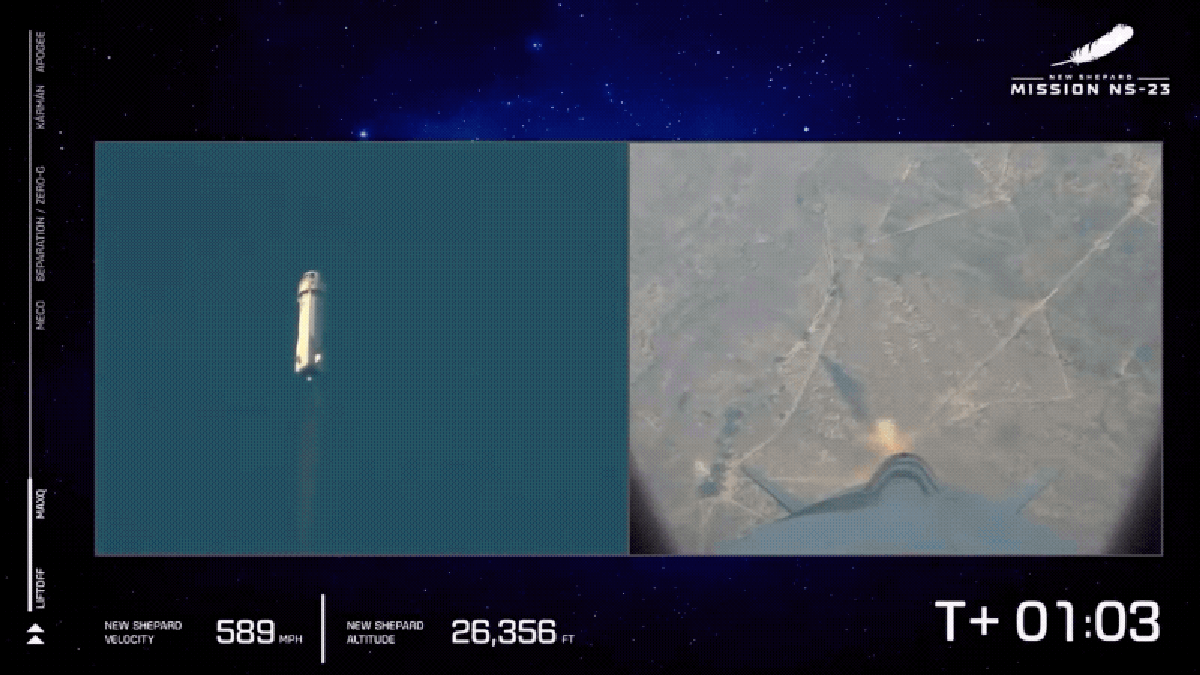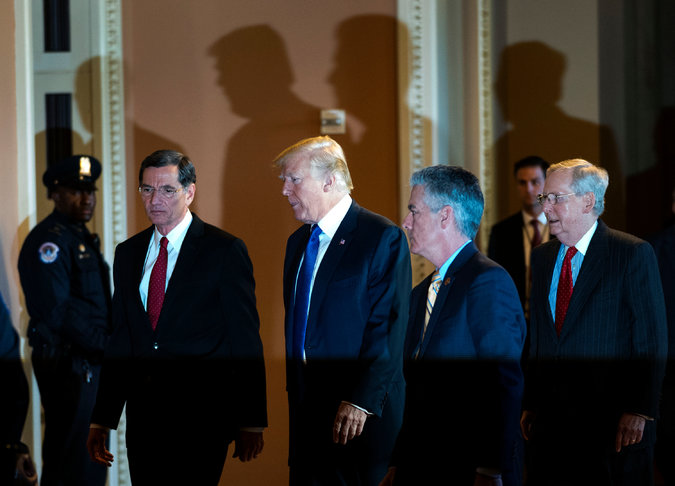International Recruitment: The Impact Of US Research Funding Reductions

Table of Contents
Reduced Funding's Impact on US Research Institutions
Decreased research funding directly translates to fewer opportunities for international researchers within US universities and laboratories. This reduction manifests in several critical ways:
- Fewer research grants awarded: The shrinking pool of available grants means fewer projects are funded, leading to fewer research positions.
- Reduced postdoctoral positions: Postdoctoral fellowships are a vital stepping stone for many international researchers. Reductions in these positions severely limit the pipeline of future scientific leaders.
- Smaller research teams: With less funding, research groups are forced to reduce their size, limiting the number of researchers they can employ, including international scientists.
- Lower salaries and benefits packages: Competition for talent is fierce, and institutions with limited budgets struggle to offer competitive salaries and benefits, making them less attractive to international researchers.
These limitations directly impact the ability of US institutions to attract and retain top international scientific talent, hindering innovation and progress. The scarcity of research grants and postdoctoral fellowships creates a significant barrier for aspiring international researchers seeking opportunities in the United States.
Increased Competition for International Researchers
Countries with robust and expanding research funding are increasingly attracting top researchers from around the globe. This intensified competition presents a significant challenge to the US's ability to maintain its leading position in scientific research.
- Examples of countries investing heavily in R&D: Nations like China, Germany, and several in the European Union are significantly increasing their investments in research and development, offering attractive alternatives for international researchers.
- Competitive salary packages and benefits offered by other nations: These countries often offer highly competitive salaries, comprehensive benefits, and attractive working conditions, making them a more appealing destination for many.
- Improved research infrastructure in competing countries: Many countries are investing heavily in state-of-the-art research facilities and infrastructure, further enhancing their attractiveness to international scientists.
This shift is leading to a "brain drain," as the US loses its competitive advantage in attracting and retaining international researchers. The impact extends beyond individual researchers; collaborative research projects, vital for tackling complex scientific challenges, are also jeopardized by this loss of global talent and expertise. Maintaining a robust and diverse research environment requires a competitive edge in attracting global talent, encompassing competitive salaries, superior research infrastructure, and streamlined immigration processes.
The Role of Visa and Immigration Policies
Stricter visa and immigration policies further complicate international recruitment for US research institutions. The challenges faced by international researchers include:
- Longer processing times for visas: Lengthy delays in visa processing can deter potential researchers and disrupt research timelines.
- Increased scrutiny of applicants: More stringent vetting processes can create unnecessary obstacles and delays for qualified researchers.
- Challenges in obtaining permanent residency: The difficulty in securing green cards and permanent residency discourages many researchers from committing long-term to research positions in the US.
These bureaucratic hurdles significantly impact researchers' willingness to relocate to the US, further compounding the challenges faced by US research institutions in competing for global talent. Simplifying and streamlining the visa and immigration processes for researchers is crucial to attracting and retaining this essential workforce.
Strategies for Maintaining International Collaboration Despite Funding Cuts
Despite budget constraints, US research institutions can implement strategies to maintain international collaboration and recruitment. These strategies focus on optimizing resource allocation and fostering mutually beneficial partnerships:
- Focus on attracting researchers from specific countries with strong partnerships: Prioritizing collaborations with countries that share research interests and have established partnerships can maximize the impact of limited funding.
- Emphasis on collaborative research projects that leverage international funding: Securing funding from international sources, such as collaborative grants, can help offset reduced US funding.
- Exploring alternative funding sources, including private sector investment: Diversifying funding streams by seeking support from private companies and philanthropic organizations can supplement public funding.
- Improving the application process for international researchers: Streamlining the application process and providing clear and concise information can significantly enhance the experience for international applicants.
Fostering international collaborations remains critical, even in the face of funding challenges. Building strong global partnerships is essential for maintaining US leadership in scientific research and innovation.
Conclusion: The Future of International Recruitment in US Research
US research funding reductions are having a profound and multifaceted impact on international recruitment. The increased competition from nations investing heavily in research and development, coupled with stricter immigration policies, presents a serious threat to the US's ability to attract and retain top global research talent. To maintain its standing as a global leader in scientific discovery, the US must take proactive steps. US research institutions, policymakers, and funding agencies must work collaboratively to address these issues, including increasing research funding, streamlining immigration processes, and fostering stronger international partnerships. The future of recruiting international researchers and securing global research talent hinges on these crucial initiatives. Failure to act decisively risks jeopardizing the nation's scientific progress and global competitiveness.

Featured Posts
-
 Exclusive Ivy League Schools Create Secret Alliance Against Trump
Apr 29, 2025
Exclusive Ivy League Schools Create Secret Alliance Against Trump
Apr 29, 2025 -
 Announcing The Winning Names For Minnesota Snow Plows
Apr 29, 2025
Announcing The Winning Names For Minnesota Snow Plows
Apr 29, 2025 -
 Dlyl Shaml Lmerd Fn Abwzby 2024
Apr 29, 2025
Dlyl Shaml Lmerd Fn Abwzby 2024
Apr 29, 2025 -
 Vehicle Subsystem Problem Grounds Blue Origin Rocket
Apr 29, 2025
Vehicle Subsystem Problem Grounds Blue Origin Rocket
Apr 29, 2025 -
 Analyzing Pitchers Name S Performance Mets Rotation Contender
Apr 29, 2025
Analyzing Pitchers Name S Performance Mets Rotation Contender
Apr 29, 2025
Latest Posts
-
 The Impact Of Zombie Office Buildings On Chicagos Real Estate Market
Apr 29, 2025
The Impact Of Zombie Office Buildings On Chicagos Real Estate Market
Apr 29, 2025 -
 Key Republican Groups Threaten To Block Trumps Tax Bill
Apr 29, 2025
Key Republican Groups Threaten To Block Trumps Tax Bill
Apr 29, 2025 -
 Zombie Buildings In Chicago Understanding The Office Real Estate Collapse
Apr 29, 2025
Zombie Buildings In Chicago Understanding The Office Real Estate Collapse
Apr 29, 2025 -
 Can Trumps Tax Cuts Survive Internal Republican Opposition
Apr 29, 2025
Can Trumps Tax Cuts Survive Internal Republican Opposition
Apr 29, 2025 -
 Chicagos Office Market Meltdown The Rise Of Zombie Buildings
Apr 29, 2025
Chicagos Office Market Meltdown The Rise Of Zombie Buildings
Apr 29, 2025
